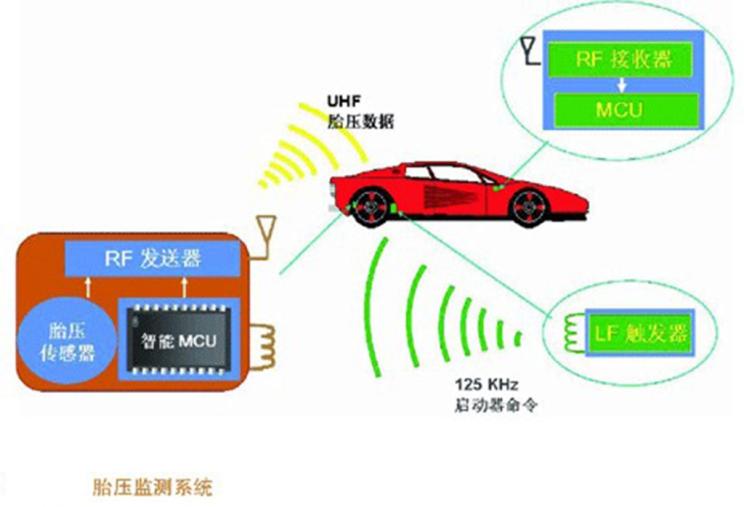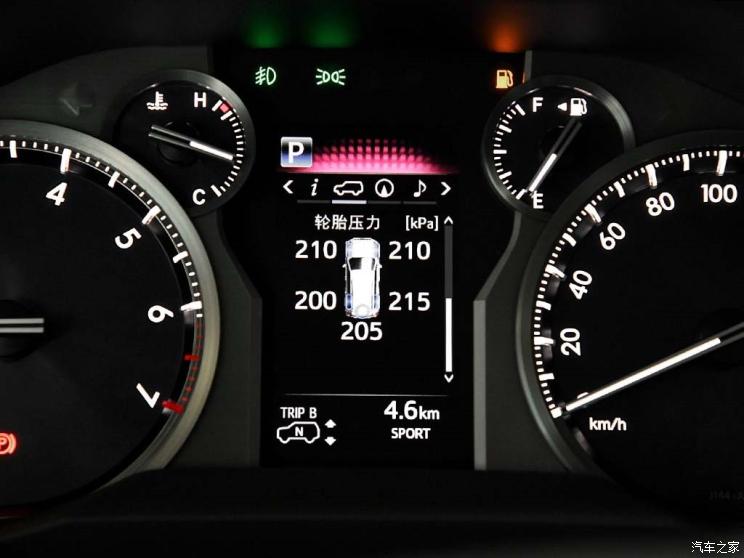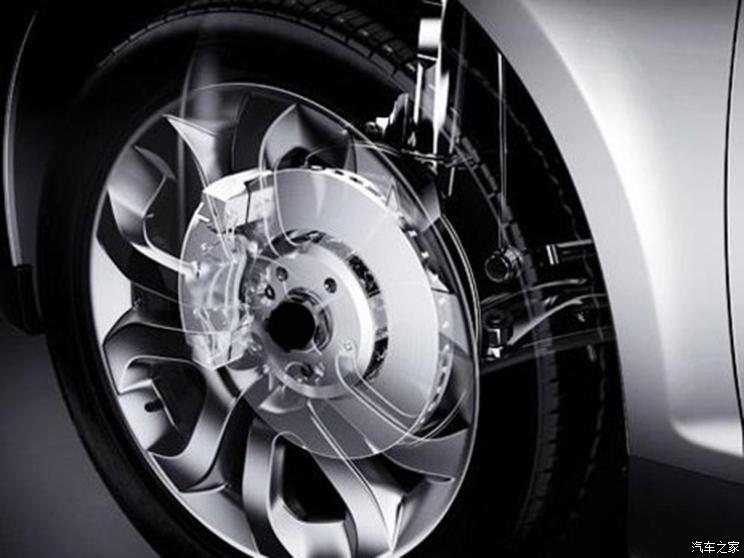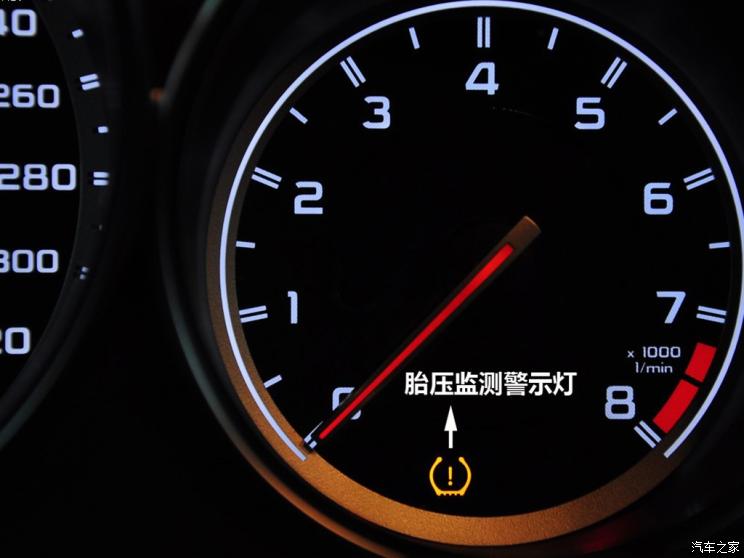Tire pressure monitoring is the real-time automatic monitoring of tire pressure during the driving process of the car, and alarms for tire leakage and low pressure to ensure driving safety. There are two common types: direct and indirect.
Direct tire pressure monitoring device
The direct tire pressure monitoring device (Pressure-Sensor Based TPMS, PSB for short) uses the pressure sensor installed in each tire to directly measure the air pressure of the tire, and uses the wireless transmitter to send the pressure information from the inside of the tire to the central receiver module On the system, and then display the data of each tire pressure. When the tire pressure is too low or leaks, the system will automatically alarm.
The benefit of the direct tire pressure monitoring system is that a pressure sensor and transmitter are installed on each wheel to alert the driver if any tire pressure is 25% below the cold tire pressure recommended in the driver’s manual . The warning signal is more precise, and if the tire is punctured and the tire pressure drops rapidly, the direct tire pressure monitoring system can also provide an immediate warning.
In addition, even if the tires are slowly deflated, the direct tire pressure monitoring system can also be sensed through the on-board computer, allowing the driver to directly check the current tire pressure figures of the four tires from the driver’s seat, so as to know the real situation of the four wheels in real time. Air pressure conditions.
Indirect tire pressure monitoring device
Indirect tire pressure monitoring device (Wheel-Speed Based TPMS, referred to as WSB), when the air pressure of a tire decreases, the weight of the vehicle will make the rolling radius of the wheel smaller, resulting in its rotating speed faster than other wheels, so that The purpose of monitoring tire pressure can be achieved by comparing the speed difference between tires. The indirect tire warning system actually monitors the air pressure by calculating the tire rolling radius.
The cost of the indirect tire pressure monitoring device is much lower than that of the direct one. It actually uses the speed sensor on the ABS braking system of the car to compare the rotation times of the four tires. If one of the tires has a lower tire pressure, this tire The number of rotations will be different from other tires, so using the same sensors and sensing signals of the ABS system, as long as the in-vehicle computer is adjusted in the software, a new function can be established in the trip computer to warn the driver of one tire and the other three. Information about lower tire pressures.
Vehicles using indirect tire pressure monitoring devices will have two problems. First, most models using indirect tire pressure monitoring devices cannot specifically indicate which tire has insufficient tire pressure; second, if four tires have insufficient tire pressure. If the tire pressure drops at the same time, then this device will fail, and this situation is generally especially obvious in winter when the temperature drops. In addition, when the car is driving on a curved road, the number of rotations of the outer wheel will be greater than the number of rotations of the inner wheel, or the tires will slip on sandy or icy roads, and the number of specific tire rotations will be particularly high. Therefore, this monitoring method for calculating tire pressure has certain limitations.
https://www.minpn.com/solar-powered-tpms-for-cars-tire-pressure-monitoring-system-with-japanese-battery-product/
Post time: Jun-11-2022









